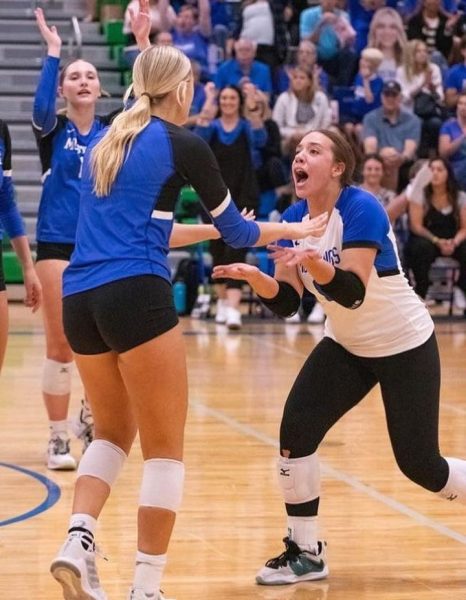Not Under The Lights
Crowds. Lights. Even fame. All of these are experienced by Division 1 College athletes every weekend, when thousands upon tens of thousands of people fill the stands. No matter the sport, the athletes who compete Division 1 are subject to near the same level of analysis and fandom as Major League athletes. Yet while they don’t receive nearly as much coverage, other levels of collegiate athletics are just as important.
For high school athletes across the country, “going D1” is the ultimate goal. However, making it into Division 1 is extremely competitive; many aren’t able to achieve it. Those who wish to continue in their sport but unable to make the division, turn to lesser known colleges, including division 2, division 3, or Junior College, commonly referred to as JUCO.
The National Collegiate Athletic Association or NCAA is the major governing body for intercollegiate athletics, simply the organization that runs college sports. According to Prepscholar, NCAA classifies the 1200 colleges it governs into 3 groups: Divisions 1, 2, and 3. They do this in order to level the playing field, making sure that programs that might have less funding and resources to perform well, don’t end up playing programs who spend millions on staff, equipment, and recruiting. All sports fans love an underdog story, but seeing Alabama or Louisville score 20 touchdowns in a row against Northern Central Idaho State wouldn’t be appealing to anyone.
While schools in Divisions one, two, and three can change divisions as they get comparitavely better or worse, JUCO, or Junior College, is in a league all of its own. Unlike their divisional counterparts, all JUCO schools are two year programs. Athletes play only against other JUCO programs, hoping to gain the attention from 4 year university scouts.
When players go to JUCO schools, the standard pathway is stay for 2 years, and then transfer to a four year university once they earn their associates degree. However, many Division 1 schools scout JUCO schools for talent, for reasons ranging finding hidden talent or getting more players so they don’t have too many students graduate at the same time.
While it may seem as though the divisions below are lesser than division one, the opposite can certainly be true. Division II, III, and JUCO schools provide a competitive opportunity for athletes who may have financial troubles, grade issues, or still need time before they fully develop their talent. Programs such as Northwest Missouri St. and West Georgia have skilled football teams, while local Midlands University has a strong basketball tournaments.
Millard North has sent great athletes to school such as these. In just only baseball, Logan Sisson committed to Wichita State, Nick Engle committed to Hutchinson, Cole Johnson committed to Hutchinson Community College, and Aaron Gerdes committed to Hawaii. Our athletes and many more have proven themselves. Whatever the case, while non division 1 schools have not have the immediate fame others have, they are still a viable and strong options for athletes.

